初日の出はワタシは見ることは滅多にありませんが年が明けて、甥っ子や我が子にお年玉を渡しました。
これって日本独自の文化だよなと思って調べてみました。
日本以外の国では似たような文化や風習があるのだということが今回わかったので少しまとめました。
I rarely watch the first sunrise of the year, but after the New Year began,
I gave otoshidama to my nephews and my child.
It made me realize that this is a uniquely Japanese tradition, so I decided to do some research.
This time, I discovered that there are similar customs and traditions in countries outside of Japan,
so I’ve summarized them briefly.
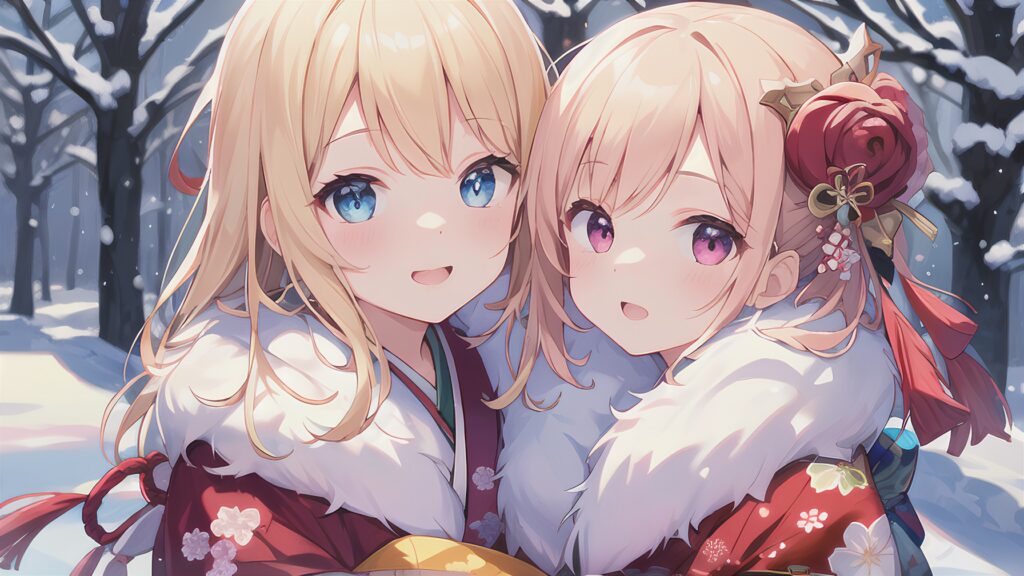
初日の出とお年玉:日本文化と海外文化の違い
First Sunrise and New Year’s Gift : The Differences Between Japanese and Overseas Cultures
1. 初日の出の文化
The Tradition of the First Sunrise
日本の初日の出
日本では新年の始まりを祝う行事として「初日の出」を見ることが広く行われています。多くの人が山や海辺などの自然の中に出向き、太陽が昇る瞬間を静かに見守ります。この行為には、新しい一年の幸福や健康を祈る意味が込められています。
In Japan:
In Japan, watching the “first sunrise” of the new year is a cherished tradition. Many people gather at mountains or beaches to witness the first sunrise in serene surroundings. This act symbolizes prayers for happiness and health in the upcoming year.
海外の類似文化
- 韓国: 韓国でも「初日の出」を見る習慣がありますが、「ヘマジ」と呼ばれ、願い事をする場として特定の地域で行われます。
- ハワイ: ハワイでは新年に日の出を見ることが自然とのつながりを感じる行為として楽しまれています。
- その他: 他の多くの国では、日の出自体が特別な行事としてではなく、自然や静かな朝を楽しむ一環として見られることが多いです。
Overseas:
- South Korea: A similar tradition called “Haemaji” involves watching the first sunrise and making wishes in specific locations.
- Hawaii: Watching the sunrise is appreciated as a way to connect with nature at the start of the year.
- Other countries: In most other countries, the sunrise is less ceremonial and more about enjoying nature and peaceful mornings.
2. お年玉の文化
The Tradition of New Year’s Gift
日本のお年玉
日本では新年に子どもたちに「お年玉」として現金を渡す習慣があります。これは主に親族間で行われ、子どもの成長を祝うとともに、新年の門出を祝い励ます意味があります。
In Japan:
In Japan, the custom of giving “otoshidama” involves handing cash to children during the New Year. This practice is mainly within families and celebrates children’s growth while encouraging them for the year ahead.
海外の類似文化
- 中国・台湾: 旧正月に「紅包(ホンバオ)」という赤い封筒に現金を入れて渡す習慣があります。
- 韓国: 旧正月に子どもたちに「セベットン」という現金を渡します。
- ベトナム: ベトナムでは「リーシー」と呼ばれる赤い封筒を渡します。
- ヨーロッパ・アメリカ: クリスマスに現金やギフトカードを贈ることがありますが、年末行事として行われる点が異なります。
Overseas:
- China and Taiwan: During Lunar New Year, cash is given in red envelopes called “hongbao.”
- South Korea: A similar custom called “Sebae-don” involves giving cash during Lunar New Year.
- Vietnam: “Li xi,” red envelopes with cash, are distributed during the Tet festival.
- Europe and America: Money or gift cards are often given during Christmas rather than the New Year.
まとめ
Conclusion
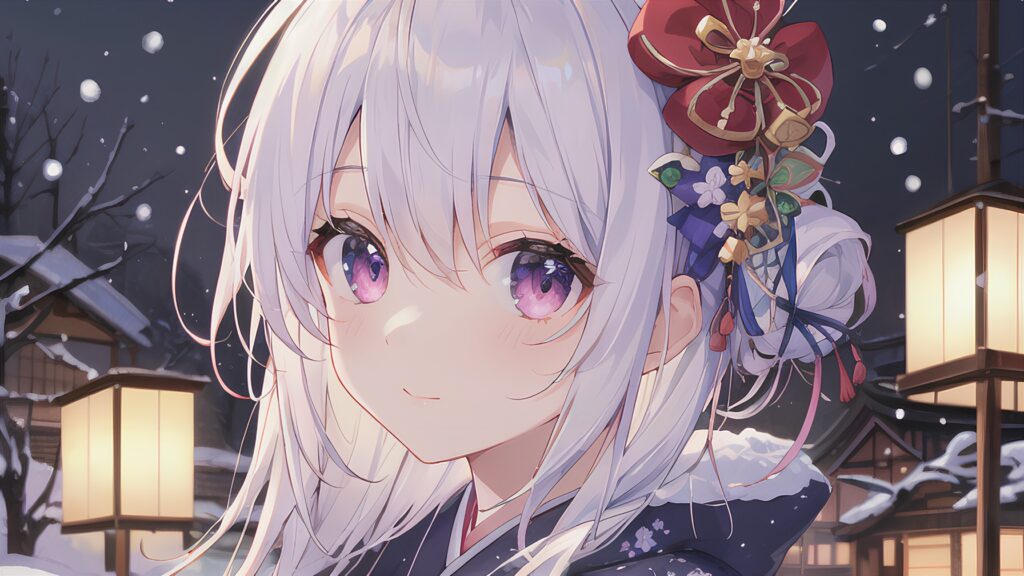
日本の「初日の出」や「お年玉」は、それぞれの文化や背景に深く根差した特別な習慣です。
一方で、海外にも似たような風習があり、各国の文化的な違いを学ぶことで互いの伝統をより深く理解することができます。
異文化を知ることは、新しい視点を得る素晴らしい機会です。
The Japanese traditions of the “first sunrise” and “otoshidama” are deeply rooted in cultural and historical backgrounds. Meanwhile, similar practices exist in other countries, offering an opportunity to learn and appreciate cultural differences. Exploring these traditions opens the door to new perspectives and understanding.
今回ワタシが学んだことは、日の出は日本だけではなくほかの国でも違う意味を持っていて人々が願いを込めていたり自然とのつながりを感じているということ。もう一つのお年玉についても日本と同じような習慣が他国にもあるのだということを知りました。
国や多少異なる考え方などはあるかもしれませんが、誰かが誰かのことを想い祈ったり、繋がりを感じる部分は共通しているんだなと思いました。
This time, I learned that sunrise holds different meanings not only in Japan but also in other countries, where people imbue it with wishes or feel a connection to nature. Another thing I discovered is that the custom of giving New Year’s gifts, similar to “otoshidama” in Japan, also exists in other cultures.
Although there might be some differences in perspectives or practices between countries, the common thread is that people wish for others, pray for them, and feel a sense of connection.
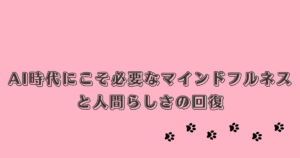
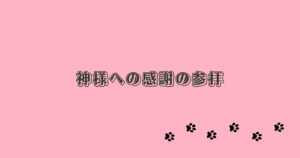
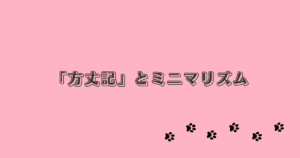

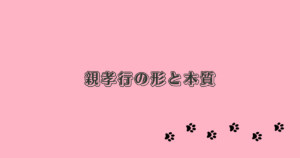
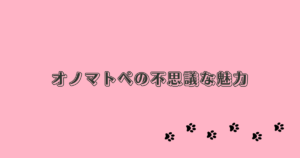
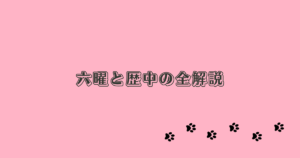
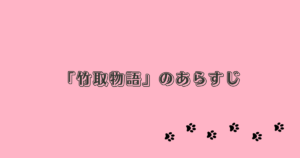
コメント